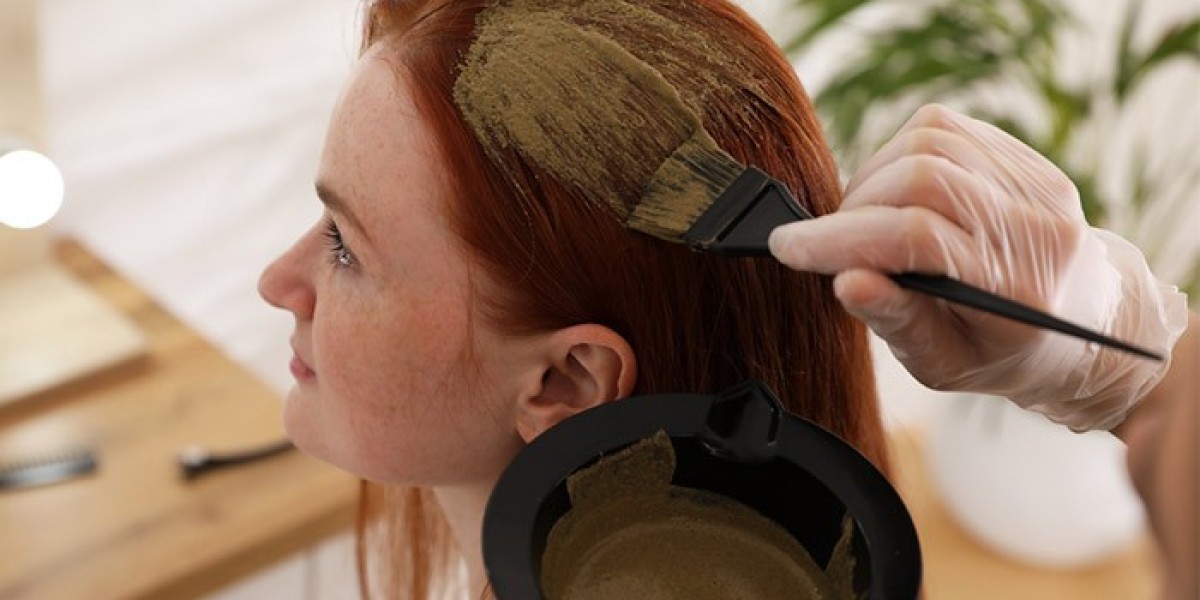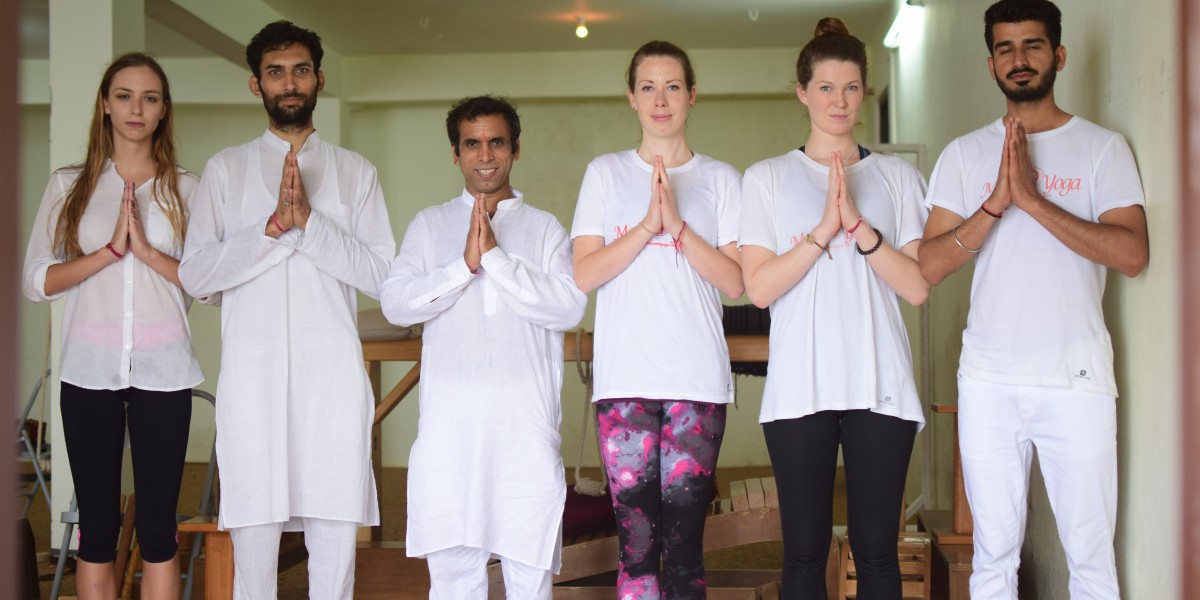Introduction
Henna hair dye has been used for centuries by cultures worldwide to enhance the beauty of hair naturally. This intricate art of coloring hair originates from the henna plant, scientifically known as Lawsonia inermis. The journey of manufacturing henna hair dye colors is a fascinating process that combines tradition, science, and creativity. In this article, we will delve into the step-by-step journey of henna hair dye, from the cultivation of henna plants to the final product that adorns the tresses of people globally.
What is Henna Hair Dye?
Henna hair dye is a natural coloring agent derived from the leaves of the henna plant. Unlike chemical hair dyes, henna is free from harmful substances, making it a popular choice among those seeking organic hair care solutions. Henna imparts a beautiful reddish-brown hue to the hair and is also renowned for its conditioning properties, promoting healthier strands.
The Origins of Henna
Henna's history can be traced back to ancient Egypt and the Indian subcontinent, where it was used for various purposes, including adorning brides and celebrating special occasions. Over time, its popularity spread across different continents, and today, it has become a global beauty phenomenon.
Cultivating Henna Plants
The journey of henna hair dye begins with the cultivation of henna plants. Henna thrives in warm climates and is primarily grown in regions like India, Pakistan, Morocco, and Egypt. The plants require well-drained soil and plenty of sunlight to flourish.
Harvesting and Drying Henna Leaves
When the henna plants mature, the leaves are carefully harvested to ensure the best quality dye. The leaves are then dried and ground into a fine powder, ready to be transformed into the magical henna paste.
The Art of Making Henna Paste
Creating the perfect henna paste is an art in itself. The henna powder is mixed with various natural ingredients such as lemon juice, tea, or coffee to release the dye's pigment. The paste is then left to rest for several hours to allow the dye to release and develop.
Natural Ingredients in Henna Dye
One of the most appealing aspects of henna hair dye is its organic nature. Apart from henna powder manufacturer often incorporate other natural ingredients like indigo, amla, and essential oils to enhance the color and nourishing properties of the dye.
The Process of Applying Henna Hair Dye
Applying henna hair dye is a meticulous process. The henna paste is carefully spread onto the hair, starting from the roots and working towards the tips. This process requires patience, as the dye needs time to bond with the hair shaft.
The Chemistry Behind Henna's Color
The color transformation in henna hair dye occurs due to the lawsone molecules present in the henna leaves. These molecules bind to the keratin in the hair and create a range of shades depending on various factors like application time and individual hair characteristics.
The Different Shades of Henna Hair Dye
Contrary to popular belief, henna hair dye can produce a diverse array of shades beyond the traditional red. Depending on the specific henna product and the natural color of the hair, henna can result in hues ranging from light copper to deep burgundy.
Caring for Henna-Dyed Hair
Maintaining henna-dyed hair involves some special considerations. Avoiding harsh chemicals, excessive heat, and frequent shampooing can help preserve the vibrancy and longevity of the henna color.
The Global Demand for Henna Hair Dye
With the rising popularity of natural and sustainable products, the demand for henna hair dye has soared globally. People now seek alternatives to chemical-laden hair dyes, and henna offers a safe and environmentally friendly option.
Henna as a Cultural Symbol
Henna holds significant cultural value in many societies. It is an integral part of various celebrations, rituals, and traditions, especially weddings and festivals. The intricate henna designs have become an art form in themselves.
Henna Hair Dye Safety and Precautions
While henna hair dye is generally safe, some precautions need to be taken. It's essential to use pure henna without additives, perform patch tests, and consult a professional before dyeing the hair.
Conclusion
The journey of manufacturing henna hair dye colors is a blend of ancient traditions and modern consciousness. From the cultivation of henna plants to the creation of the perfect henna paste and the application process, each step contributes to the enchanting experience of using henna as a hair dye. Its significance as a cultural symbol and its global popularity make henna an everlasting beauty phenomenon.








